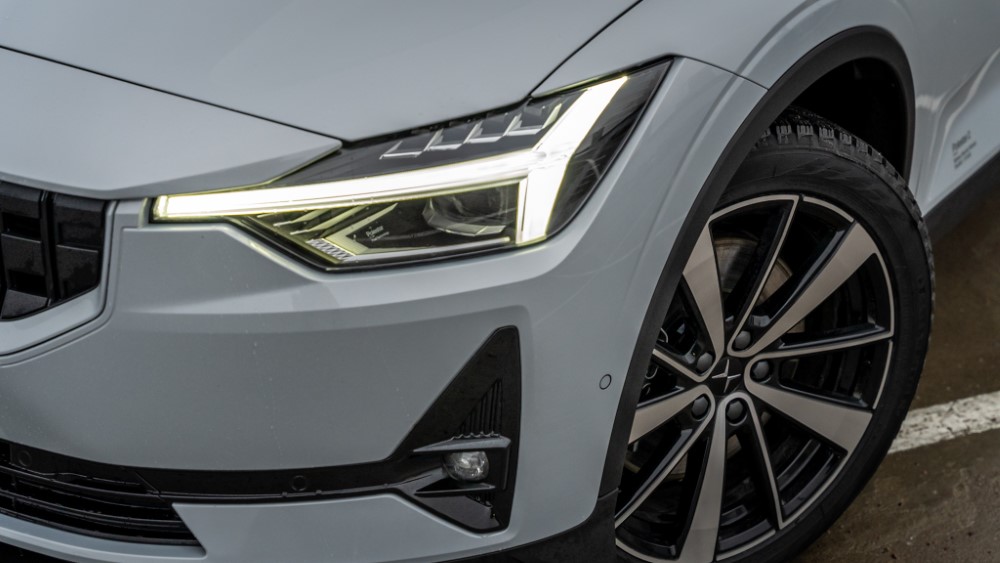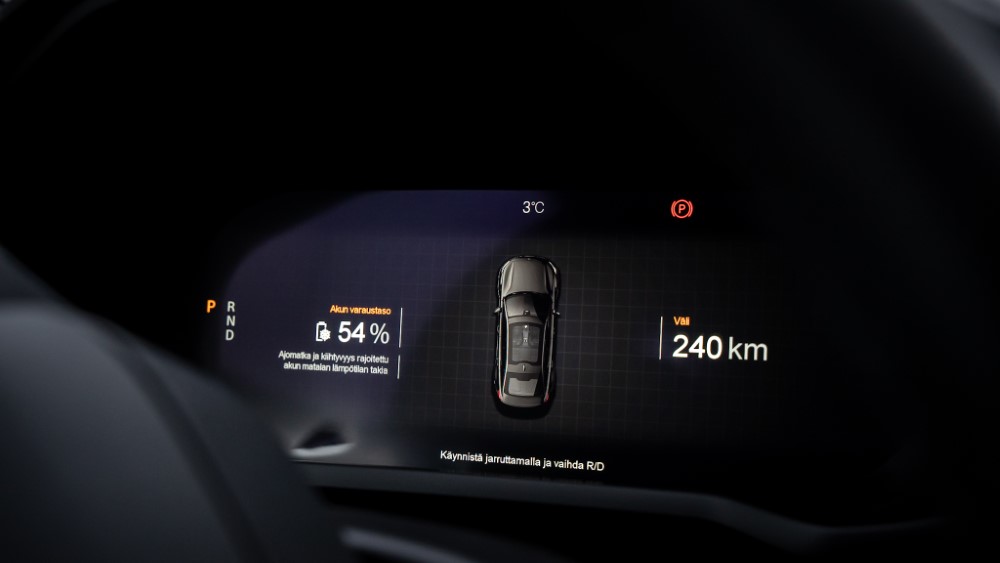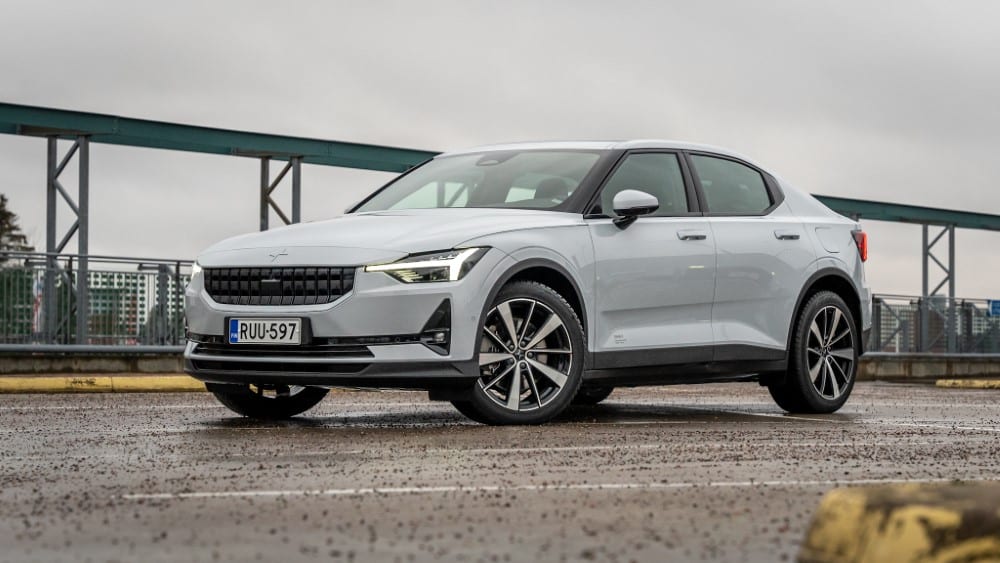The Polestar 2 range, first launched in Finland in spring 2021, has been extended and the all-electric model is now also available as a front-wheel drive model.
The test-driven new model is called Polestar 2 Long Range Single Motor, where the battery capacity remains at 78 kWh, like the twin-motor model, but the electric motor is only on the front axle.

The absolute strengths of the front-wheel drive Polestar 2 Long Range model include quality, a comfortable, relaxed ride and a personally elegant exterior design.
The Android-based operating system, developed in collaboration with Google, leaves a lot of room for improvement, at least to those used to Apple’s operating systems.
Design that turns heads
In terms of design, Polestar 2 seems to have enough of the familiar and safe, as well as the new and wonderful, if conclusions can be drawn about people’s heads turning – Polestar 2 clearly attracts attention with its design.
You can’t miss the handiwork of Polestar’s biggest owner, Volvo, in the design of the headlights or the interior. On closer inspection, the design similarities with Volvo are evident throughout the car.
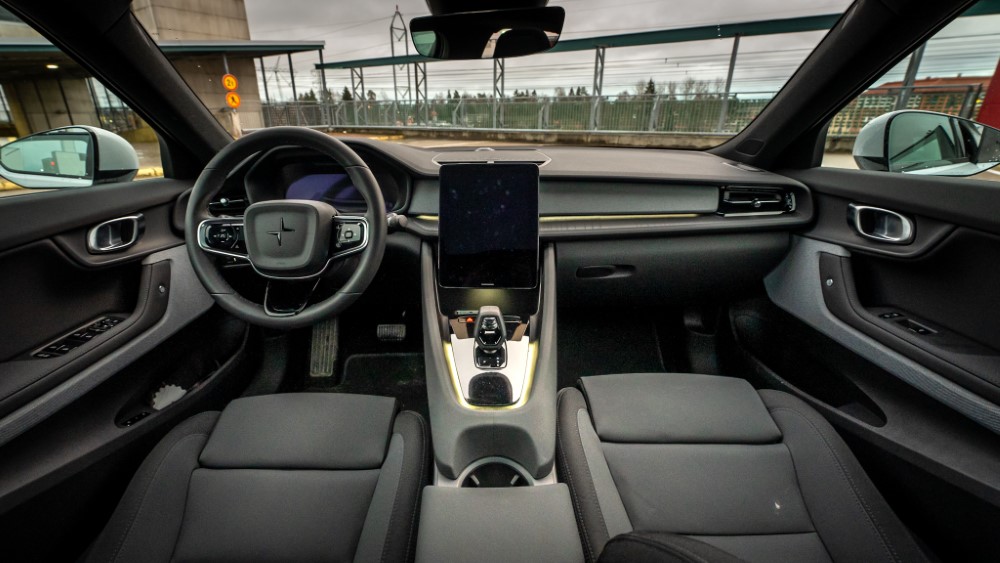
The rear lights rotate from side to side, giving the rear of the car a wide and tall appearance. From the outside, the Polestar 2 looks small, with plenty of room for four adults and a generous boot that can hold, for example, two golf clubs and their long clubs.
In the cockpit, there’s plenty of adjustment for a taller driver, but the wide centre console narrows the width of the legroom and visibility could be better. In the dark-sounding cabin, low windows and a thick B-pillar limit visibility, especially in the right-hand blind spot.
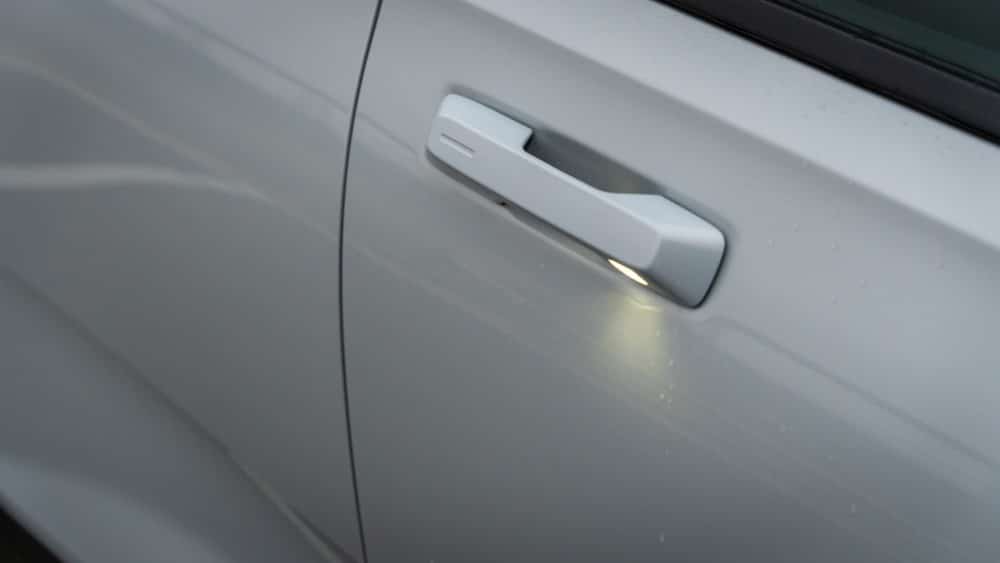
The interiors and cabin are very traditional, and Polestar hasn’t gone for the latest fads often found in electric cars. This will be appreciated by customers who want traditional features and styling, but the comfort and ease of driving that a fully electric car brings.
Much discussed electricity consumption
The Polestar 2, like other all-electric cars, has sometimes come in for heavy criticism for the way its range dips in winter frosts and for the fact that electric cars are difficult to drive in northern conditions.
The week of the test fell during the zero temperatures in southern Finland, so the impact of the frosts could not be tested during this test drive.
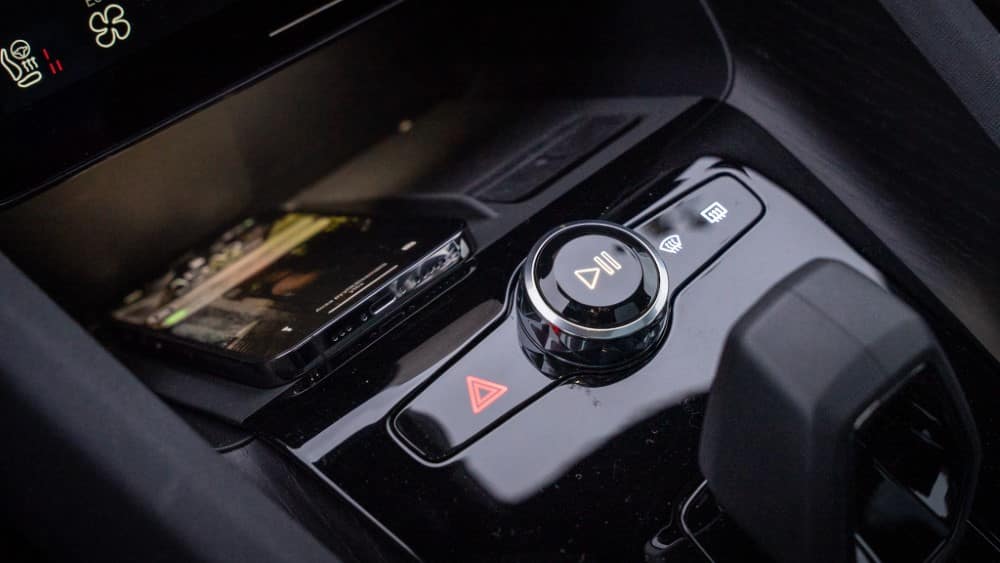
Consumption during the test run ranged from just under 20 kWh/100 km to well over 30 kWh/100 km. The highest consumption is, of course, when the car is cold and the interior and the battery are heated, which requires a considerable amount of energy in addition to moving the car.
The long-term average for the test car was 26.3 kWh per 100 km, recorded over some 1800 km at an average speed of 49 km/h. This may be considered a high figure, but it is worth noting that there was no more detailed data on driving style for this distance.

In Autotoday’s test drive, the motorway consumption at an average speed of 100 km was a very moderate 18.8 kWh/100 km.
The outside temperature was 1 degree above zero and there was sleet in the sky. With a net battery capacity of 75 kWh, this means that a single charge could even get you close to 400 km, which is a very reasonable distance in sub-zero weather.
The motorway consumption was measured under “optimal conditions”, i.e. with the car already warm, which significantly reduces consumption, especially on the first leg of the journey.
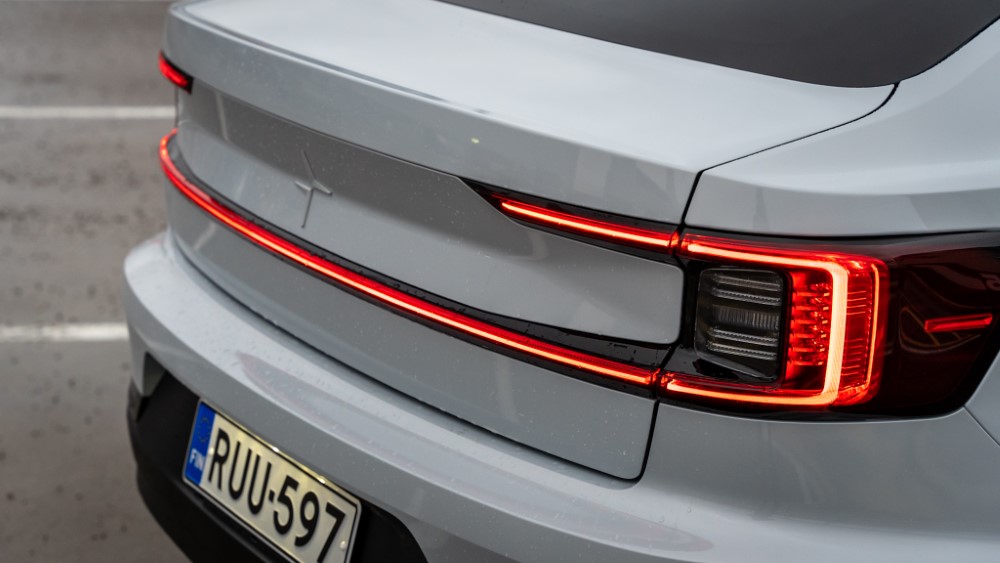
Cold air, interior heating and short driving distances are a challenging combination for any full electric car and Polestar 2 is no exception. With fuel consumption easily reaching 40-50 kWh/100 km in extreme cold and a range of less than 200 km, preheating the car using an external power supply plays a major role in the electricity consumption during driving.
The car offers two different operating ranges with instrument cluster and mutual recognition. The contradiction, which was initially confusing, gradually becomes clear during the test drive. The operating distance on the instrument panel remains fairly constant and shows optimistic values, at least when starting off.
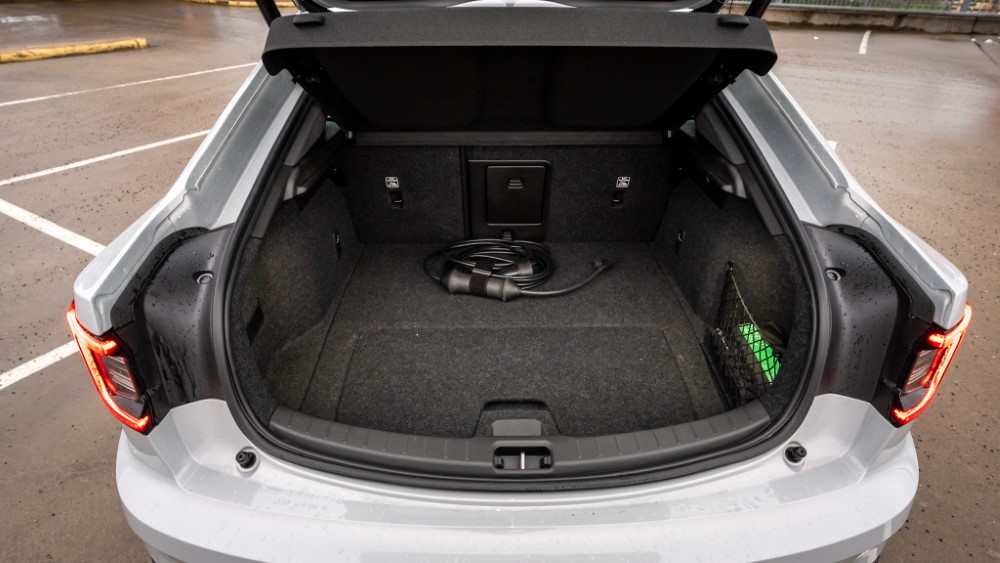
The operating distance on the centre display is more sensitive to the driving style and gives a more realistic estimate of the car’s operating range, taking into account the current electricity consumption.
It is easy to wonder why the operating distance is displayed in two different places, one of which does not give any indication of the current driving style. Another way of thinking about it is that the operating distance on the instrument panel is a distance that can be achieved by reducing electricity consumption, for example by lowering the speed.
Four-wheel drive or front-wheel drive
The tested front-wheel-drive Long Range model is currently the smartest option in the Polestar 2 range. The size of the drive battery has not been compromised, the performance of the single electric motor is at least adequate and, compared to the twin-motor model, the test drives show a slight reduction in electricity consumption, which is supported by the manufacturer’s stated consumption and the stated WLTP operating distance.
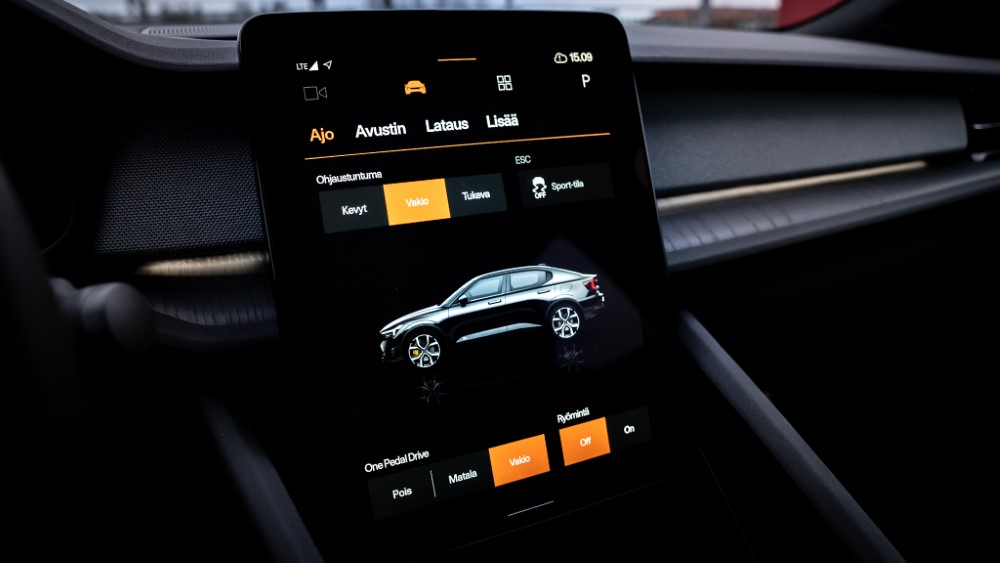
The single-engine front-wheel-drive model offers 231 horsepower and 330 Nm of torque, with zero to 60 km/h in just over 7 seconds. The four-wheel drive Long Range Dual Engine delivers 408 horsepower and 4.7 seconds of acceleration.
The front-wheel drive model always comes with standard chassis. The standard chassis offers a comfortable but slightly numb ride, with a clear emphasis on comfort. For those looking for a stiffer, harder driving experience, manually adjustable shock absorbers are available on the four-wheel-drive model with the Performance Pack.
The starting price for the Polestar 2 Long Range Single Motor is EUR 49 900. The standard equipment list could be more comprehensive on the Polestar 2, so those looking for optional equipment packages will easily find the price of the car in the range of €55 000 to €60 000.

The Polestar 2 Standard Range Single Motor, now promised for December, completes the range with an even lower starting price and a 64 kWh battery. It has a WLTP range of 440 kilometres.
Updates from the cloud
Polestar updates its cars with Over-the-Air updates, keeping the cars up-to-date and in line with software developments.
The latest update for Polestar 2 models will be the Vivaldi web browser, available in the first half of 2022. For its part, the Polestar 2 Long Range Dual Motor model is already available with a Performance software update at an additional cost of €1,000, giving the car 50 kW more power and 20 Nm more torque.
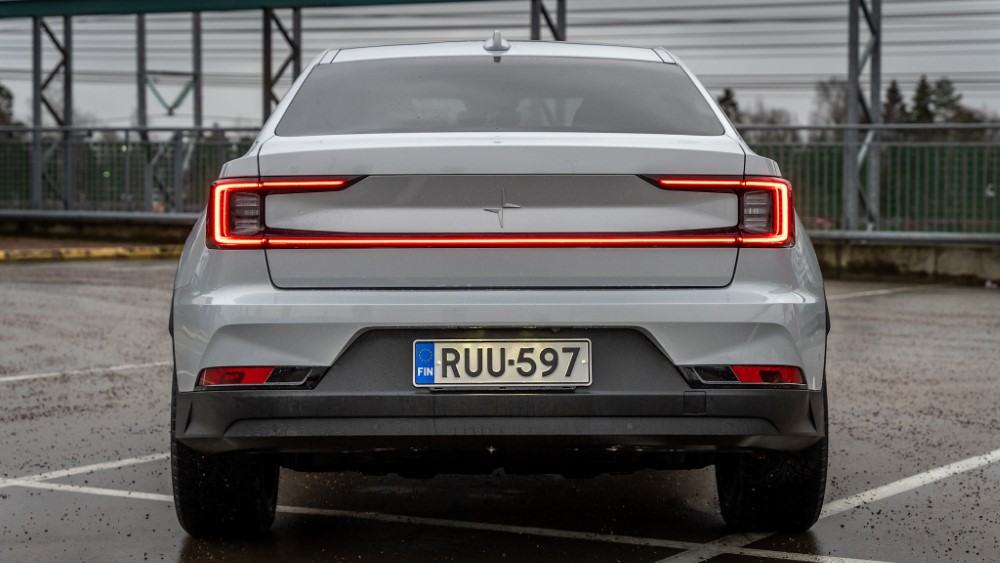
With the Polestar 2, the new brand, which has entered the all-electric market at a fast pace, offers a high-quality and enjoyable experience in the accelerating world of electric driving. The Polestar range will grow again next year with the launch of the new Polestar 3 SUV.
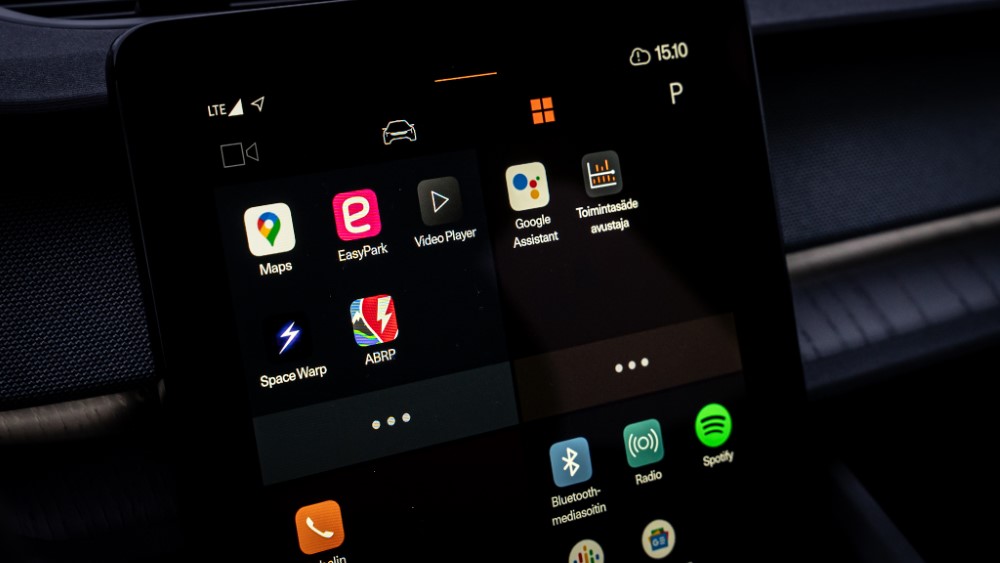
Polestar 2 Long Range Single Motor
- Electric motor power: 170 kW (231 hp)
- Electric motor torque: 330 Nm.
- Acceleration: 7.4 sec. (0-100 km/h)
- Driving battery capacity (gross): 78 kWh.
- Driving battery capacity (net): 75 kWh.
- Manufacturer’s declared combined fuel consumption: 17.1 kWh/100km.
- Manufacturer’s declared range: 540 km (WLTP)
- Consumption during test drive: 17-33 kWh/100km.
- Test-driven range on a single charge: 420-230 km.
- Maximum charging power (DC): 150 kW.
- Maximum charging power (AC): 11 kW.
- Cargo space: 400 l.
- Drive mode: front-wheel drive
- Towing capacity: 1500 kg.
- Starting price: 49 900 euro
- Price for test drive: €59 100
